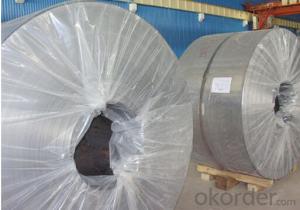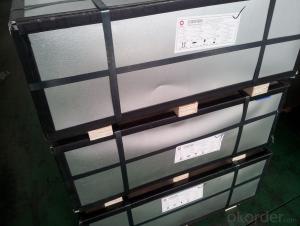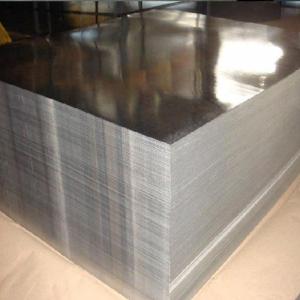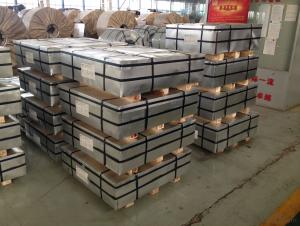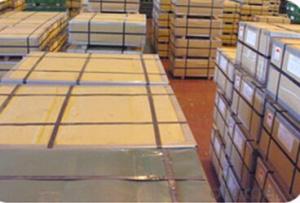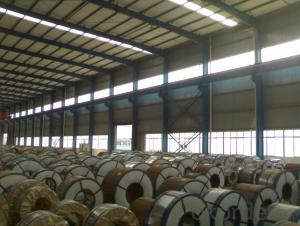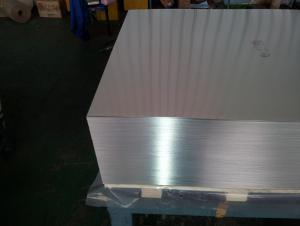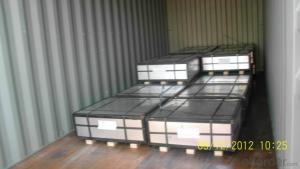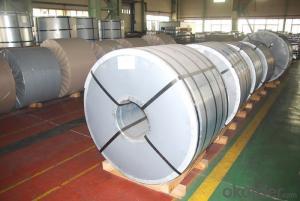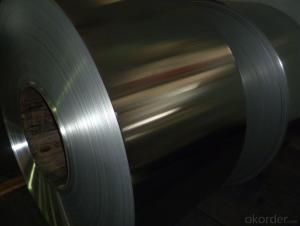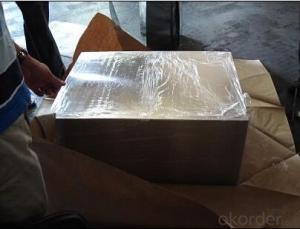Tinplate Studios
Tinplate Studios Related Searches
4 By 8 Plastic Sheets Thin Plastic Sheets Flexible Tinplate Coil Quotes Tinplate Iron Clear Plastic Sheets Hard Plastic Sheets 4X8 Lightweight Plastic Sheets Wavy Plastic Sheets White Plywood Sheets Poly Styrene Foam SheetsHot Searches
Tinplate China Tinplate Stock Price Tata Tinplate Price List Tinplate Price Trend Tinplate Nse Share Price Tinplate Price Chart Tinplate Share Price Nse Tata Tinplate Share Price Tinplate Share Price Today Tinplate Share Price Bse Tinplate Price Tinplate Share Price Tinplate Coil Manufacturers Tinplate Sheet Suppliers Food Mixer Sale Tinplate Factory Tinplate Production Tinplate Products Ltd Tinplate Products Tinplate Can ManufacturersTinplate Studios Supplier & Manufacturer from China
Okorder.com is a professional Tinplate Studios supplier & manufacturer, offers integrated one-stop services including real-time quoting and online cargo tracking. We are funded by CNBM Group, a Fortune 500 enterprise and the largest Tinplate Studios firm in China.Hot Products
FAQ
- Tinplate packaging contributes to product marketing in several ways. Firstly, it enhances the visual appeal of the product, making it more attractive to potential customers. The shiny and vibrant nature of tinplate packaging can catch consumers' attention and create a positive first impression. Additionally, tinplate packaging can be customized with high-quality printing, allowing for brand logos, product information, and eye-catching designs to be prominently displayed. This helps build brand recognition and reinforces brand image. Moreover, tinplate packaging provides durability and protection, ensuring that the product remains in good condition during transportation and on store shelves. This reliability can instill trust in consumers and enhance the perceived value of the product. Overall, tinplate packaging plays a crucial role in differentiating products from competitors and influencing purchasing decisions through its visual appeal, branding opportunities, and protective qualities.
- Yes, tinplate can be used for cosmetic packaging. Tinplate is a popular material choice for packaging cosmetics due to its durability, corrosion resistance, and ability to retain product integrity. It also offers a premium look and feel, making it suitable for high-end cosmetic brands.
- Tinplate generally exhibits excellent impact resistance due to its sturdy and tough nature. It can withstand moderate to heavy impacts without deforming or breaking easily, making it a reliable choice for packaging and other applications requiring durability.
- The industry standards for tinplate typically involve specifications related to the thickness, coating weight, and surface finish of the tinplate. These standards ensure the quality and performance of tinplate products, facilitating their use in various industries such as packaging, automotive, and construction.
- There are several ways to reuse tinplate packaging. One common method is to repurpose the packaging for storing small items like buttons, jewelry, or crafting supplies. Tinplate packaging can also be used as decorative containers for plants, candles, or as unique gift boxes. Additionally, tinplate packaging can be recycled and used to create new products, reducing waste and promoting sustainability.
- Tinplate performs well in terms of odor resistance due to its non-reactive and impermeable nature, which prevents the absorption and transmission of odors.
- Tinplate plays a significant role in enhancing the recyclability of mixed-material packaging. It is highly recyclable and has a well-established recycling infrastructure worldwide. By incorporating tinplate into mixed-material packaging, it enables easier separation of different materials during the recycling process. Tinplate's recyclability helps reduce waste and conserve resources by enabling the recovery and reuse of valuable materials, ultimately promoting a more sustainable packaging system.
- Tinplate is coated for household appliances through a process called electrolytic tinning. It involves immersing the steel sheet in an electrolyte bath while applying an electric current. This causes tin ions to be attracted to the steel sheet's surface, resulting in a smooth and corrosion-resistant coating.
















